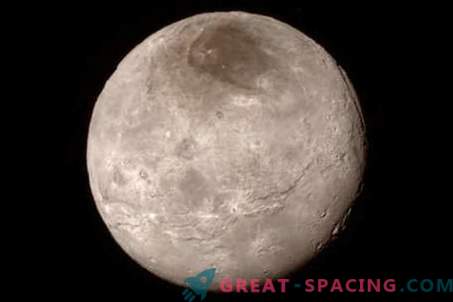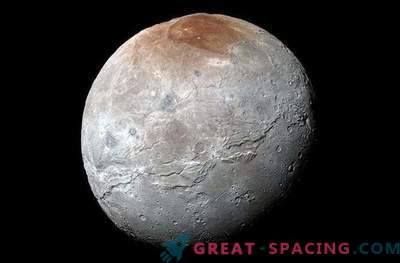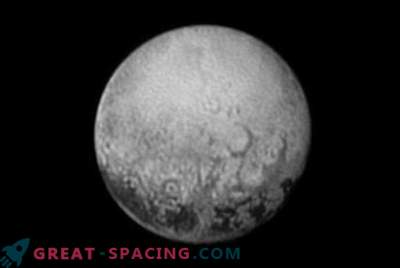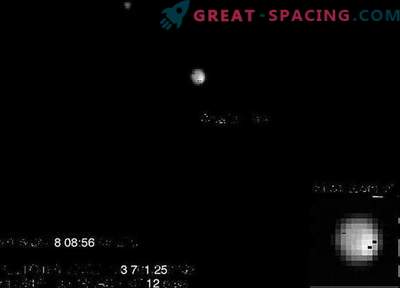
Pluto is small, smaller than the Earth's Moon, at least it has one giant ridge consisting of water ice - the only material on the planet: NASA mission “New Horizons” reported on Wednesday.
The discovery that we saw from the first thousand high-resolution images taken during the flight of the New Horizons of Pluto and its largest satellite, Charon, on Tuesday. Raising the question of how mountains were formed 11,000 feet high (3,350 m).
“We have no clue,” said scientist John Spencer of the New Horizons mission from the southwestern research institute in Boulder, Colorado, in an interview with journalists. "These mountains are quite spectacular, perhaps in another place there is higher."
Scientists believe that mountains consist of water ice, since nitrogen, methane and other materials available on its surface are not strong enough to support such a mass.
“We see ice at the base of Pluto, ice from water is strong enough maintained by Pluto’s temperature, this is what we think and see here,” said Spencer.
More detailed information will be available within a week, or more precisely within a few months, namely, when New Horizons will transmit images for scientific observations from his nine-day meeting with Pluto. After nearly a decade of travel, New Horizons passed from Pluto at a distance of less than 7,800 miles at 7:49 am Eastern Time on Tuesday. At a distance of more than 1 million miles from the probe, in the Kuiper Belt, the terrain is filled with ice and rocky formations left over from the formation of the Solar System 4, 6 billion years ago.
Throughout this era, Pluto has not stood idle. Another surprise from New Horizons, on the images of close-ups, there are no impact craters, which so far has been the subject of keen interest.
“We have not yet found more than one impact crater in the images. This means that the surface of the planet was formed recently, because Pluto was bombarded by objects from the Kuiper Belt and craters existed. Just when considering the surface of the planet, we think of formations less than 100 million years old, which is not a large proportion of the age of 4, 6 billion years of the solar system. We believe the formation processes are taking place right now, ”said Spencer.

Satellite Charon in all its glory
The young surface of the planet means that Pluto has some mechanisms for updating that require an internal source of heat. Scientists suggest that Pluto may have a liquid ocean, which gradually gives off heat and freezes. He may have radioactive materials that, when disintegrated, generate heat, forming ice volcanoes. Regardless of the source, it can be concluded that Pluto is the first ice planet in the world to study, not rotating around a giant planet, and therefore does not have the power of tides, to influence geological processes.
“This tells us that without the energy of tidal forces, geological activity can occur in ice worlds. This is a very important discovery that we made this morning, ”said Spencer.
New Horizons also discovered that Charon's Pluto satellite is also geologically active, contrary to forecasts.
“Initially, I thought that the relief of Charon was covered with ancient craters. Charon just blew our assumptions off when we saw the images today, ”said Missy New Horizons deputy Kathy Olkin, also a scientist from the southwestern research institute.
The moon has dark and light areas, covered with hollows and cliffs 600 miles wide. The massive canyon is six miles deep and the second canyon is twice as deep.
“There are so many interesting things for science in only one image,” said Olkin. “It surpasses all expectations from our appearance here.”











































